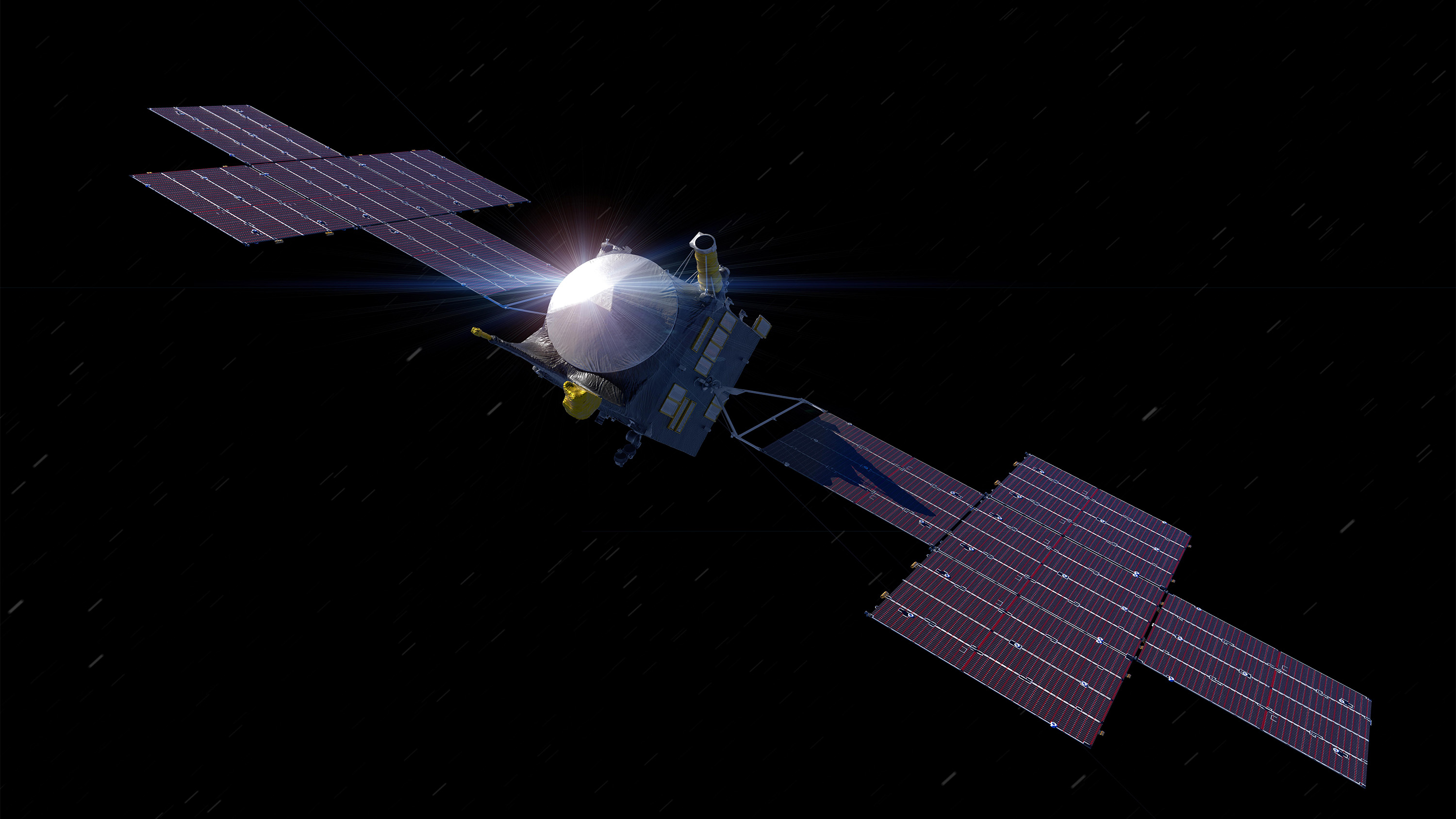NASA wants to use the sun to power future deep space missions
Solar energy can make space travel more fuel-efficient.

In August 2022, a NASA probe called Psyche will set out to explore a giant metallic asteroid called Psyche 16, to help scientists learn more about how planets form. The way Psyche reaches its target, though, will be different from typical NASA missions.
Building on technology used in previous missions, including Dawn and Deep Space 1, solar power will help propel Psyche into deep space. If that proves successful, it could be the start of a new era of using more fuel-efficient probes for both space exploration and commercial missions.
Traditional spacecraft rely on chemical reactions between a combination of liquid fuels to get around rather than electricity. Psyche will use two giant solar arrays to convert solar energy into electricity that will power four ion thrusters. That electricity will turn tanks of xenon gas (the same kind used in car headlights) into xenon ions, which Psyche’s four thrusters will eject to gently propel the spacecraft toward the asteroid, which orbits between Mars and Jupiter, more than 1.5 billion miles from Earth.
While other spacecraft, like Lucy, have used solar energy to operate instruments, Psyche will be among the first of NASA’s deep-space missions to use solar energy for both onboard operations and propulsion.
Paulo Lozano, director of MIT’s space propulsion laboratory, says Psyche could lay the groundwork for more solar-powered space exploration. Eventually, the technology could help us investigate multiple celestial objects for longer periods and potentially make human-crewed missions outside of Earth’s orbit more affordable and feasible.
“It actually opens up the possibility to explore and to commercialize space in a way that we haven’t seen before,” Lozano says.
Because a spacecraft that uses solar-electric propulsion requires less propellant than a chemically powered one, it has more space on board for cargo, scientific instruments, and, someday, astronauts. One company, Accion Systems, is developing more efficient ion thrusters for Cubesats as well as larger satellites and other spacecraft.
Solar propulsion technology is already common in satellites that orbit Earth, but until now it has not been a powerful enough alternative to chemically powered engines to be used as often in spacecraft headed to deep space. Advances in solar electric propulsion will change that.
The technology behind Psyche had its first major test in Dawn, an exploration spacecraft that used solar power and ion thrusters. Dawn eventually went silent while orbiting the dwarf planet Ceres (where it will remain in orbit for decades) in 2018, three years after the mission was supposed to end. These thrusters can operate for years without running out of fuel, but they provide relatively low thrust compared with conventional propulsion.
Psyche’s thrusters will be able to generate three times as much thrust as its predecessors, and about a year after launch, it will get some help from Mars’s gravitational pull to change its trajectory before eventually reaching its target in 2026.
After that, Psyche will spend just under two years orbiting the asteroid. Its mission will be to examine the asteroid’s iron core to determine whether it has the same elements that have been discovered in Earth’s high-pressure core, which can help researchers learn more about how planets form.
Although we can’t directly view Earth’s core, Psyche will use a multispectral imager, an instrument that uses filters and two cameras to obtain high-resolution geologic, compositional, and topographical data from the asteroid. If its core proves similar to those of small, rocky planets, scientists could determine whether the two have similar origins. Because Psyche 16 (the asteroid) is thought to be the core of a planet that failed to form, an up-close look could provide details about the formation of the inner solar system.
Back in 2017, Psyche was chosen as one of two missions for NASA’s Discovery Program, a series of low-cost missions to targets around the solar system. Led in part by Arizona State University, Psyche had about a $450 million development cap to ensure it could make it all the way to deep space. But the farther a spacecraft goes from the sun, the more difficult it becomes for its solar arrays to capture sunlight and power its ion thrusters. That’s why once Psyche is past Mars, it will have to slow down.
To go even further, spacecraft may need to rely on nuclear thermal propulsion, which NASA is also developing.
Deep Dive
Space
How to safely watch and photograph the total solar eclipse
The solar eclipse this Monday, April 8, will be visible to millions. Here’s how to make the most of your experience.
How scientists are using quantum squeezing to push the limits of their sensors
Fuzziness may rule the quantum realm, but it can be manipulated to our advantage.
The race to fix space-weather forecasting before next big solar storm hits
Solar activity can knock satellites off track, raising the risk of collisions. Scientists are hoping improved atmospheric models will help.
Stay connected
Get the latest updates from
MIT Technology Review
Discover special offers, top stories, upcoming events, and more.